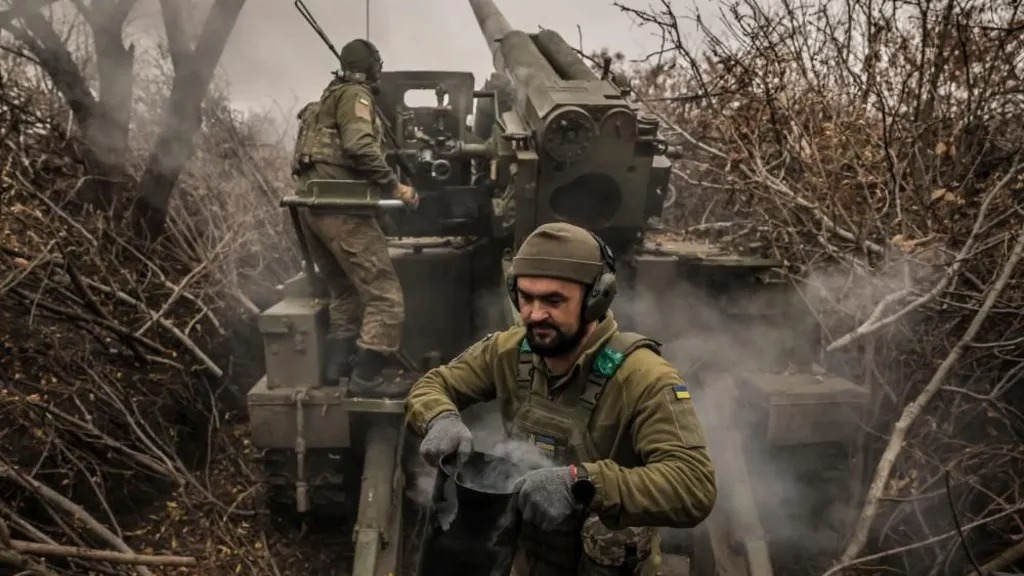
Russia’s battlefield strategies in Ukraine, often referred to as “meat-grinder” tactics, have resulted in significant territorial gains but at a staggering cost in human lives. These brutal offensives have reshaped the conflict as 2024 draws to a close, with winter intensifying the challenges for both sides.
Key Territory Gains Amid Heavy Losses
Russian forces have reclaimed approximately 2,350 square kilometers of territory, spanning eastern Ukraine and Russia’s western Kursk region. However, these advances have come with an unprecedented number of casualties. According to Britain’s Ministry of Defence, November alone saw Russia suffer 45,680 casualties—an average of 1,523 per day. On November 28, over 2,000 Russian soldiers were reportedly killed or wounded, marking the highest single-day losses since the full-scale invasion began in February 2022.
Independent estimates from the Institute for the Study of War (ISW) suggest that Russia has lost around 125,800 soldiers during its autumn offensives. For every square kilometer of territory gained, Moscow sacrifices more than 50 soldiers. Despite these losses, Russian forces continue to push forward, aiming to stretch Ukrainian defenses through mass attacks.
Ukraine’s Response and Challenges
Ukraine has not disclosed recent casualty figures. However, unofficial sources estimate that approximately 70,000 Ukrainian soldiers have been killed since February 2022, with another 35,000 missing. President Volodymyr Zelensky has disputed claims of 80,000 deaths, stating the actual number is significantly lower.
While Russia maintains a numerical advantage in artillery, the gap has narrowed dramatically. Where it once fired 13 shells for every one from Ukraine, the ratio is now closer to 1.5:1. This shift results from increased Ukrainian attacks on ammunition depots and improved domestic production.
The Impact of Glide Bombs and Drones
Modern warfare innovations, such as glide bombs and drones, have transformed the conflict. Russian forces have increased their use of glide bombs tenfold over the past year. These weapons, launched from within Russian-controlled airspace, have devastating effects on Ukrainian front lines. Meanwhile, drone technology has rendered traditional infantry tactics less effective, underscoring a significant shift in battlefield strategies.
Recruitment and Economic Pressures
Both countries face manpower challenges. Ukraine has refrained from lowering its conscription age, relying instead on volunteers and existing personnel. Russia, while still capable of replacing its losses, is hesitant to initiate new mobilizations due to domestic pressures. Rising inflation, overburdened hospitals, and delayed compensation for bereaved families add to the strain. To incentivize enlistment, some regions in Russia offer bonuses up to three million roubles ($30,000 USD).
Broader Implications
The Kremlin’s resources are further stretched by developments in Syria, where Moscow’s commitment to defending President Bashar al-Assad’s regime competes with its focus on Ukraine. Western officials caution that Russia’s long-term priorities may shift depending on the situation in Syria.
Despite the mounting costs, both human and economic, Russia shows no signs of retreat. The conflict remains one of attrition, with each side seeking to outlast the other in a war of endurance.
- External Link: BBC
- Internal Link: Eurasia Sports





